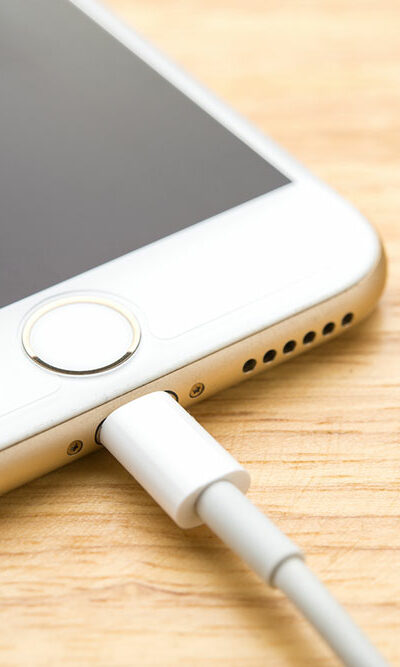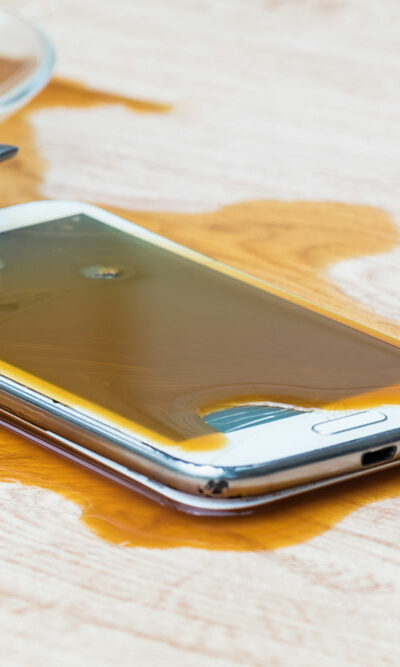
Eczema – Warning Signs and Home Remedies
Eczema, also known as atopic dermatitis, is an inflammatory skin condition that can affect anyone, irrespective of age and gender. It causes skin dryness and discomfort that can affect a person’s quality of life. Eczema has no definitive cure, but certain home remedies can help prevent flare-ups and control the symptoms. It’s recommended to start with a good skin care regime, along with other treatments, when its first signs start to show up. Early warning signs of eczema The most important thing to know about eczema is its symptoms differ for everyone. It can also impact different areas of the body depending on an individual’s skincare routine. Itchy skin This condition always begins with itchy skin. Eczema-related itchiness may range from mild to moderate. People with severe itchiness may even feel the need for constant scratching resulting in bleeding and inflamed skin. Rashes People with eczema may develop unique rashes in specific areas. They tend to have flaky skin that lets irritants and allergens penetrate the outer layer. This, in turn, causes an inflammatory response leading to redness and rashes. Inflamed and discolored skin The area of the rash may get inflamed and swollen. There will be a noticeable discoloration which means the affected skin may look darker than the surrounding skin. Scaly patches Scaly patches occur when the outer layer of the skin starts to form scales due to dryness. Home remedies The affected person can use a few home remedies to reduce the effects of eczema and its symptoms. Aloe vera gel Aloe vera is a natural moisturizer that is extremely good for people with dry and sensitive skin. It has the potential to alleviate eczema symptoms. Aloe vera gel has antibacterial, anti-inflammatory, and antifungal properties and can help soothe irritated skin. Either prepare fresh gel at home or opt for a good vegan skin care product containing aloe vera gel.










